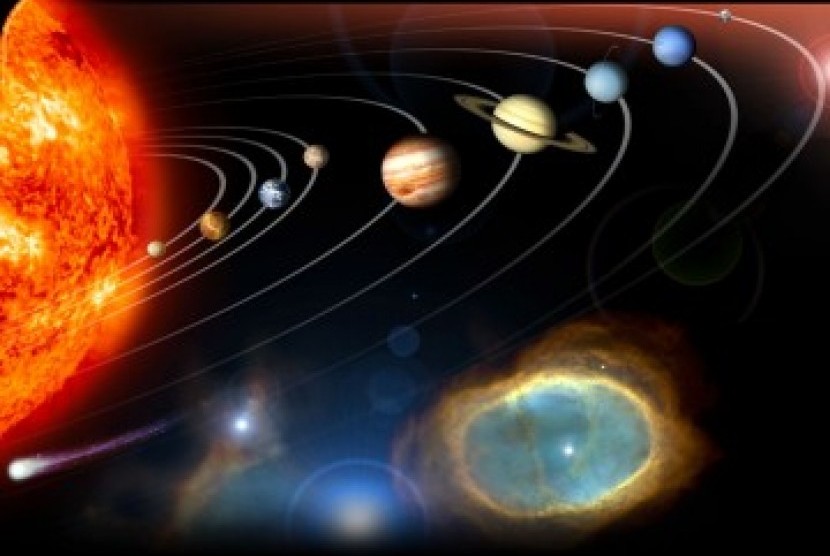Scientists suspect that a large amount of ultraviolet radiation does not come from the sun.
REPUBLIKA.CO.ID, JAKARTA — Ultraviolet (UV) rays are the main reason humans on Earth need to use sunscreen. However, experts are still figuring out where these rays originally came from.
Billions of years ago, a meteorite floating in solar system early witnessed UV radiation bombarding the newborn planet. There is debate whether large amounts of UV light came from ancient stars that existed before sun or from the sun itself. The meteorite is Acfer 094.
Through the isotopes found in this meteorite, it was revealed that the UV light may have come from a long-dead massive star.
The American Space Agency’s (NASA) Genesis mission in 2011 found that oxygen isotopes on Earth, the Moon, and other relatively close objects differ from oxygen isotopes from the Sun.
Today, the Acfer 094 meteorite proves that the solar system’s irradiation was originally caused by stars other than those orbited by Earth. This was revealed by an astrophysicist from the University of Washington at St. Louis, Lionel Vacher. Vacher led a study recently published in Geochimica et Cosmochimica Acta.
“Acfer 094 is a very interesting and unique meteorite. “This is one of the most primitive meteorites we have because its mineralogy and chemical composition tell us that this meteorite has not been significantly modified after its accretion by secondary asteroid processes,” Vacher said. Syfy, Monday (12/7).
The meteorite is a time capsule in which isotopes of early gas and dust from other solar systems are still stored. For information, most meteorites that fall to Earth have gone through processes such as hydrothermal changes and heating due to collisions when the solar system was formed, as well as radioactive substances.
Acfer 094 has almost pure properties. The asteroid did not undergo hydrothermal changes. How this object escaped the ravages of space is unknown, but it may have formed far beyond Jupiter, from hydrogen sulfide ice, organic matter and presolar matter.
No other meteorite is known to contain this mixture of iron oxide, iron sulfide and some of the heaviest isotopes of oxygen. This is what shows that the dawn of UV rays in the solar system does not come from the Sun. This is because the sun has six percent more of the lightest oxygen isotope than all orbiting stars.
So, what star illuminates the solar system with so much UV light? Smaller stars like the Sun usually form close to large O and B types. These very energetic stars live fast and die with difficulty.
The UV spectrum of these stars is also very different from that of stars like the Sun. This object’s UV light breaks down hydrogen sulfide gas, which leaves a heavy sulfur isotope. One, or both, types of stars may be in the same cluster from which the Sun appeared.
When the intense radiation of stars O or B or both breaks up gases such as hydrogen sulfide, it creates isotopes that form the thriving environment in the hazy clouds where the Sun formed.
– .


